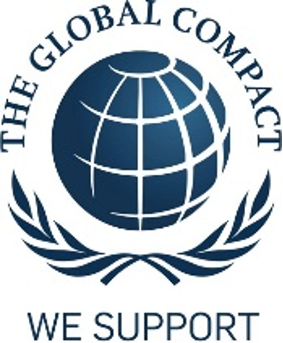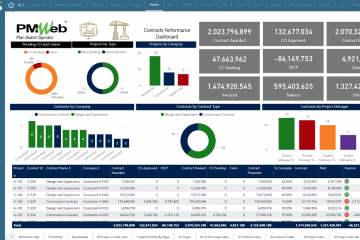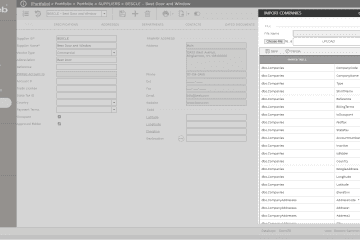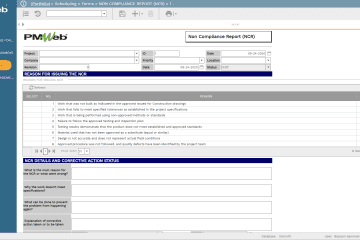Organizations that invest in capital projects understand that their growth and success depend on selecting the right projects and delivering those projects right from the first time. Choosing the suited projects would usually depend on multiple criteria that a project owner will use to score the project investment’s attractiveness under consideration. Those criteria would usually include return on investment, risk exposure, alignment with strategic objectives, among others for which each could have a different weight to show its importance. Some of the widely used selection criteria include:
- Will the project bring additional revenue to the business?
- Will the project bring quality improvement to the business?
- Will the project help the business expand into new markets?
- Will the project generate cost reductions?
- Will the project expand current customer base?
- Will the project reduce risks to the business?
- Will the project reduce time to market or cycle times?
- Will the project increase customer satisfaction?
- Will the project increase ROI (return on investment)?
- Will the project represent a change in NPV (net present value)?
- Will the project increase IRR (internal rate of return)?
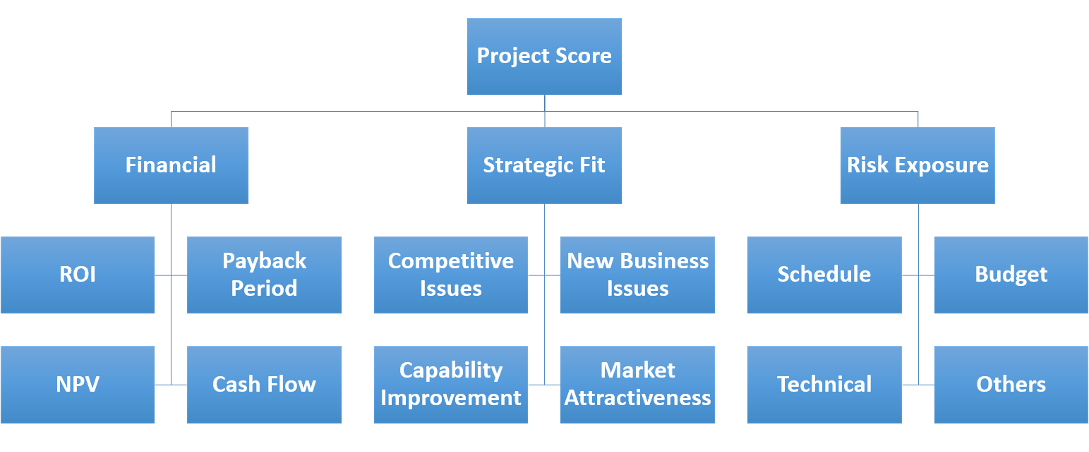
This formal approach of appraising and selecting projects has helped many project owners to avoid setting what is known as White Elephant projects. Those are the projects that cost a lot to build but which its owner cannot dispose of and whose cost, particularly that of operation and maintenance, is out of proportion to the value it brings to the organization.
Nevertheless, the current growing demand for environment-friendly projects could create another type of project, Green Elephant projects. Those are the wrongly selected environment-friendly projects that organizations have decided to invest in. Today we are seeing many of those wrong environment-friendly projects that not only depend on receiving government subsidies to build but can only sustain their operation and maintenance if they continue receiving those subsidies to offset their high cost of maintenance and operation. Those projects will not only add financial pressure on those government agencies and other donor organizations but will result in losing the opportunity to invest in other viable and attractive projects due to the lack of available funding to invest.
It was said that the term of While Elephant derives from the story that the kings of Siam, now Thailand, were accustomed to make a present of one of those White Elephants to courtiers who had rendered themselves obnoxious, to ruin the recipient by the cost of its maintenance. Having Green Elephant projects could have the same damaging impact on organizations and countries that fail in selecting the right environment-friendly projects to invest in.Therefore, the project selection criteria should focus on projects that will produce the products and services to bring our world to a sustainable path. Those projects should combine the criteria for assessing project viability from financial, strategic fit, and risk exposure and the criteria for a project’s social, economic, and environmental attractiveness. Only then we can expect assignments to bring about an overall positive impact on our communities, cultures, societies, and environments and thus avoid having Green Elephant projects.

The P5™ Standard for Sustainability in Project Management by GPM Global address those additional selection criteria. The standard addresses the three other measurable elements to sustainability in addition to the standard measurable elements of a project, which are: Social aspect (People), Environmental aspect (Planet), and Economic aspect (Profit).

The P5™ Standard for Sustainability in Project Management is aligned with the Global Reporting Initiative (GRI), which is an independent international organization that helps businesses, governments, and other organizations understand and communicate the impact of business on critical sustainability issues such as climate change, human rights, corruption, and many others. GRI produces a comprehensive framework for the preparation of Sustainability Reports, which are widely used worldwide.

In addition, The P5™ Standard for Sustainability in Project Management is aligned with the UN Global Compact’s ten principles in the areas of human rights, labor, the environment, and anti-corruption. Those ten principles enjoy universal consensus and are derived from The Universal Declaration of Human Rights, The International Labor Organization’s Declaration on Fundamental Principles and Rights at Work, The Rio Declaration on Environment and Development, and The United Nations Convention Against Corruptionq.
Organizations keen to avoid having Green Elephant projects must start adopting sustainable project selection criteria to enforce the best practices for the Project Management aspect, Product Delivery aspect, Social aspect, Environmental aspect, and Financial aspect. The P5™ Standard for Sustainability in Project Management provides a comprehensive as well as an integrated methodology for achieving this objective.
